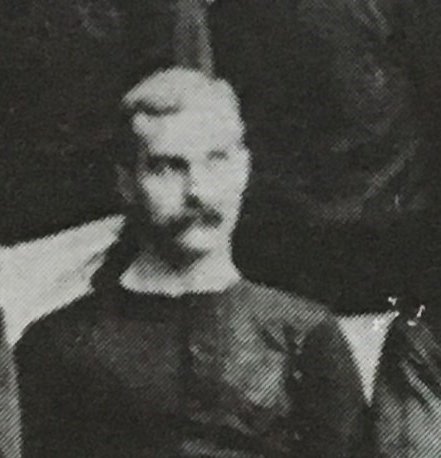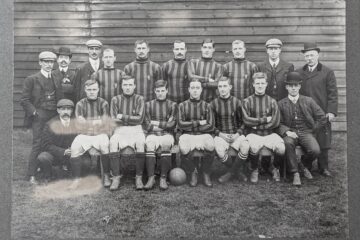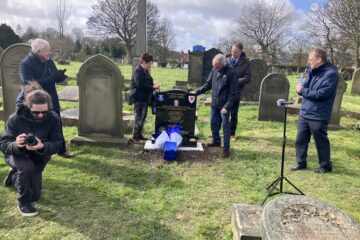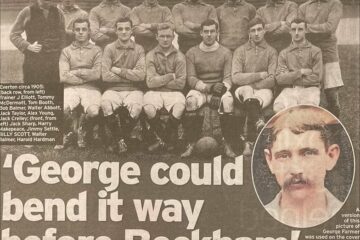Once a major force in Scottish football, the Vale of Leven club are based in the small Dunbartonshire town of Alexandria. Originally formed in 1872, they were the first team to take away the Scottish FA Cup from the famous Queens Park club of Glasgow, when they won the trophy three times on the run, between 1877 and 1879. In 1890, then founder members of the Scottish League, the Scots made their first visit to Liverpool where a certain Humphrey Jones made his only appearance for Everton.
He was born on 17 December 1863, at Summerhill Terrace in the North Wales town of Bangor and was the fifth child born to Humphrey, a successful builder, and his wife Jane. Privately educated, he first attended the local Friars School before moving to Christ College in Brecon, from where he won a place at Cambridge University.
Humphrey played association football for Peterhouse College but owing to his style of play, failed to gain a Blue. When his studies permitted, he would be seen in the half back line for Bangor City on their home ground, at Maes-y-Dref. The club were members of the North Wales Football Association and regularly won their local knockout competition. The dominant style of play shown by Jones soon caught the eye of the Welsh selectors, and on 23 March 1885, he won his first international cap against England.

The game took place on the Leamington Ground at Blackburn where he lined up alongside future Everton players George Farmer and ‘Job’ Wilding. There were around 6,000 people in attendance to watch England take the lead, but Bill Lewis, who would later play for Everton, equalised for the visitors to earn them a 1-1 draw. After the game Humphrey accepted an offer to play for the famous Corinthians during their Easter tour, which took in games at Blackburn, Preston, Derby and Aston Villa, before making his second appearance for Wales, who he captained in an 8-2 victory over Ireland in Belfast.
During the 1885-86 season, he made an extended appearance in the FA Cup. The Welshman signed forms to assist the London Swifts during the campaign at the invitation of England international, E C Bambridge who was in the process of putting together a team of classic amateur players in the hope of bringing the trophy back to the capital for the first time since it had been carried away by Blackburn Olympic in 1883.
This now defunct football club were in fact based at the Dolphin Hotel in Slough, and only used the prefix of London on big match occasions, when they played their games on the Oval Cricket Ground. They battled their way to the penultimate round of the contest but were beaten 2-1 by the holders Blackburn Rovers at Derby Cricket Ground. ‘Jones the football’ made another four appearances for Wales before moving to Scotland, where he took a post as a Classical Master at Blair Lodge Public School in Stirlingshire.
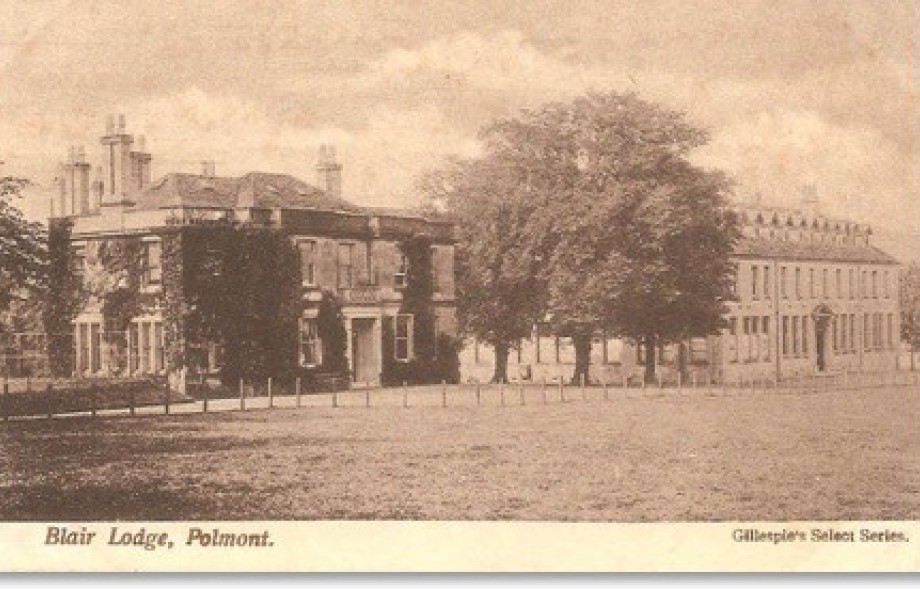
When word of his arrival reached the ears of the nearby East Stirlingshire Football Club, they quickly registered his signature with the Scottish FA. The team were based in the Parish of Bainsford and the inclusion of such a talented player helped them to reach the quarter finals of the Scottish Cup for the first time in their history. The draw gave them a home tie with newcomers Glasgow Celtic, who drew a crowd of 3,000 to their home at Merchiston Park. The home side were ‘on a high’ having already registered thirty three goals in the previous four rounds of the contest and were leading 1-0 as the game entered its later stages. Nonetheless, two late goals from Cornelius McCallum gave the Glaswegians a 2-1 victory.
On 23 February 1889, Humphrey Jones became the first player from the East Stirlingshire club to win international honours when he captained Wales as they were beaten 4-1 by England on the Victoria Ground at Stoke.
On 12 April 1890, during his Easter vacation, the Welshman accepted an invitation to appear for Everton against Vale of Leven. The weather was fine, and the game attracted a crowd of around 10,000 people, which more than covered the guaranteed amount of money promised to the visitors for their appearance. All eyes were on the visiting Scottish international goalkeeper James Wilson, who was then being strongly linked to Everton.
Harry Hammond, a recent signing from Kirkdale FC, headed Everton into a second half lead, but a late goal from the visitors’ other current international, Gilbert Rankine, earned them a share of the spoils. After the game, Humphrey Jones accepted an offer to accompany the Everton party on a trip to Glasgow, but only ‘warmed the bench’ as they took on Rangers at Ibrox Park.
He then returned to his teaching duties at Blair Lodge. The following season Humphrey Jones decided to assist Queens Park in their Scottish FA Cup campaign, but they were eliminated by Third Lanark in round six. On 21 March 1891, he made his thirteenth and final international appearance when he lined up alongside Charlie Parry of Everton. The match took place, before 4,000 spectators at Wrexham and Scotland won 4-3.
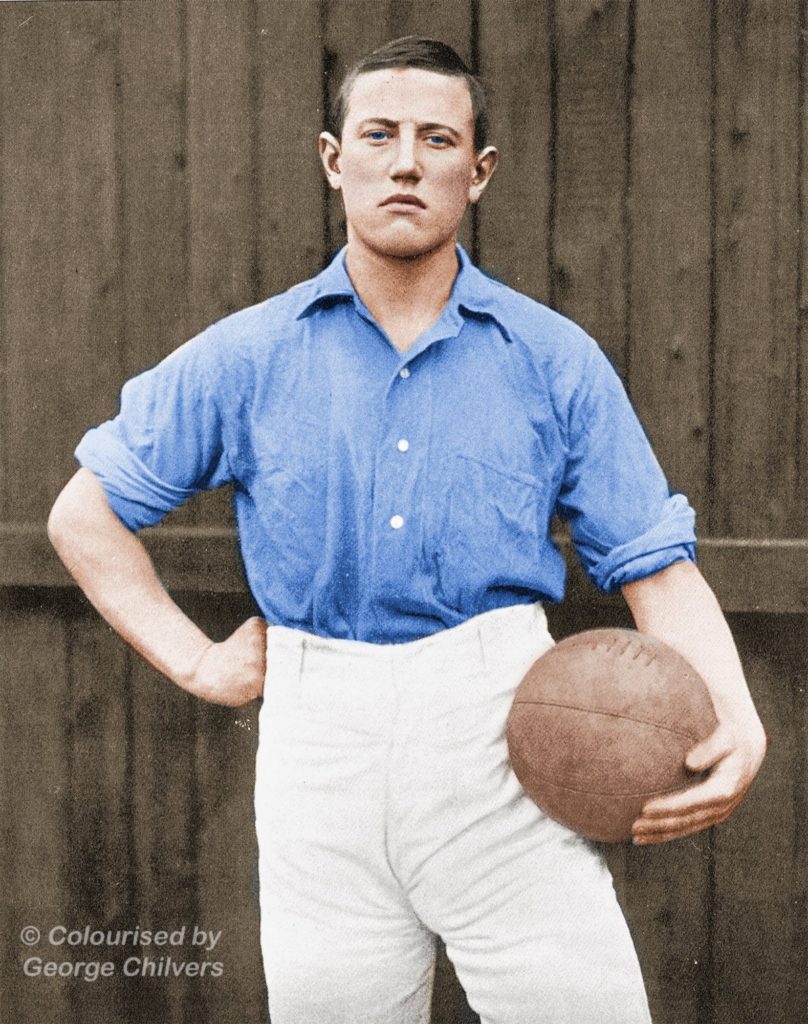
Humphrey was recorded on the 1891 census as spending the night at the Central Hotel in Glasgow as a guest of the Queens Park club, having assisted them the day before in a 4-1 win over the Thistle Club at Hampden Park
Two weeks later, he appeared again at Anfield. The Everton executive, having previously made several overtures to the famous Glasgow club, at last persuaded them to visit Liverpool and Humphrey Jones took part in the game. The Scots left Glasgow at mid-day on Saturday 11 April, before appearing on the following Monday evening at Anfield. Their visit attracted much interest, and over 12,000 people were present when the sides took to the field. Edgar Chadwick had given Everton the lead, before Humphrey Jones and his men hit back to grab a late equaliser and the game ended ‘all square’.
The Welshman was now coming to the end of his football career, but he always maintained a close connection with the Glasgow amateurs and attended most of their principal matches. The Hampden Park club reciprocated by frequently sending a scratch team to Polmont to help establish the association game at the college. Humphrey Jones remained in the teaching profession until April 1899, when he left Blair Lodge to take up a position at the Glasgow office of whiskey distillers, Mithchell & Company.
According to the 1901 census, the Welshman had taken rooms in a boarding house at Wandsworth, South London. He claimed to be living by his own account while working as a wine and spirits salesman. He was still in this occupation at the time of the 1911 census, but was then lodging in the Northumberland seaside town of Whitley Bay.
Humphrey Jones had retired to Gateshead where he departed this life on 10 June 1946.


